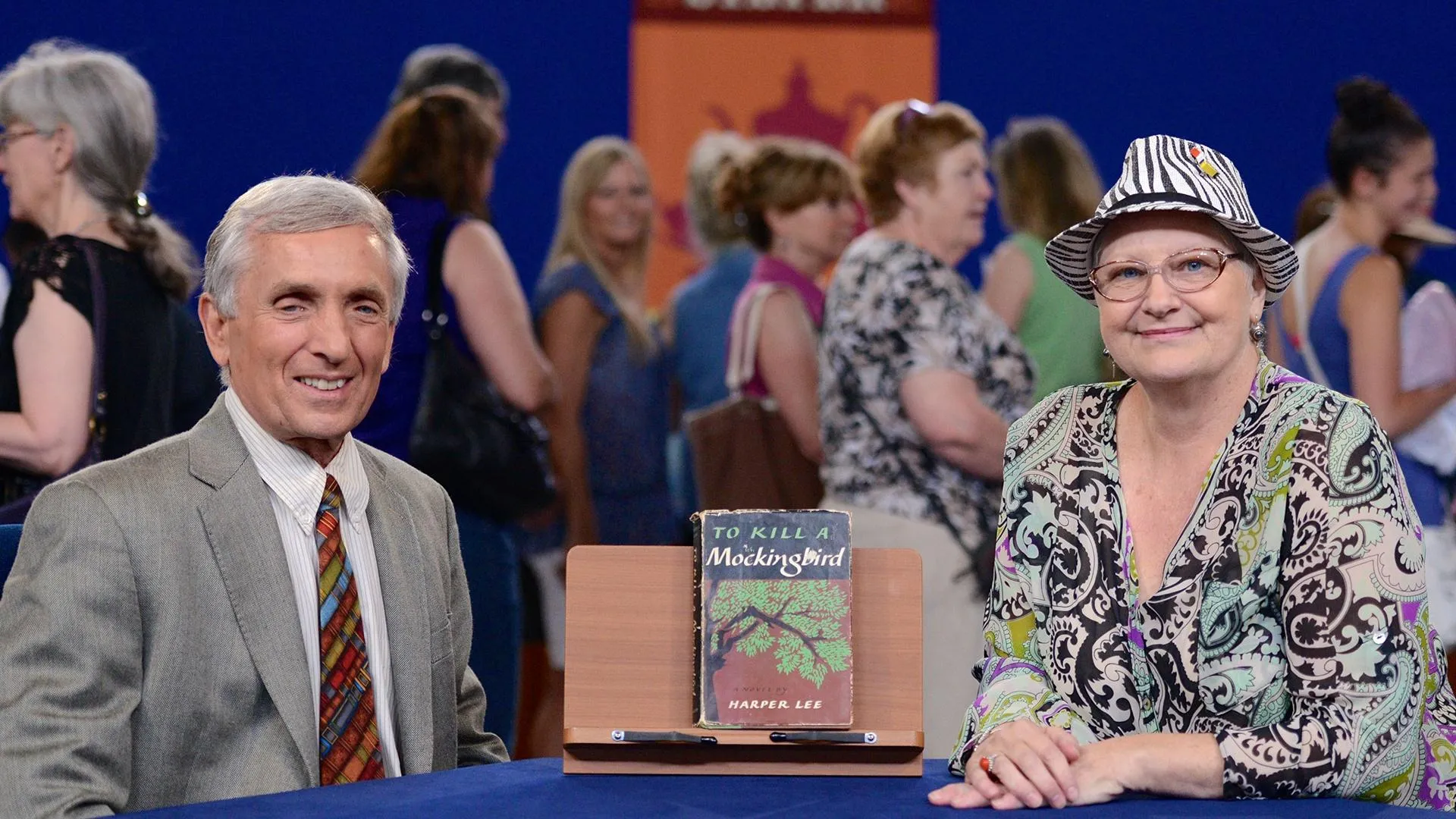GUEST: This is a picture done by John James Audubon of my great-great- great-grandfather back in the early 1820s. My great-great-great-grandfather came down to sell a tobacco crop from Kentucky in New Orleans. Audubon wanted to go back to France, and so he asked my great-great-great-grandfather for a loan to go back to France. So he gave him a $100 bill, and he says, "Thank you so much. "If you come by my hotel tonight I'll strike off a portrait of you," and this is what he drew.
APPRAISER: So of course to most of us in the business, when you say John James Audubon you immediately think of his ornithological images. You don't tend to think so much of him doing portraits.
GUEST: Correct.
APPRAISER: But this one was done in New Orleans, as you say, and it would've been around 1821 when he would've been there.
GUEST: Correct.
APPRAISER: And it is signed. It's signed and dated. It's a little indistinct.
GUEST: Right down there.
APPRAISER: It's very hard to see. Down here, signed in pencil. So you have to catch it in a certain light. Interesting you mentioned the date 1821 and that he was looking for $100, because in 1819, he was declared bankrupt and in fact was jailed for a short period of time there.
GUEST: Is that right?
APPRAISER: So he wasn't in great financial shape. So what did he do? He did portraits. Including deathbed portraits, which were in demand at that time. You'll have to remember this is before the advent of photography and so portrait artists were in demand. He generally charged about five dollars. So for the advance of $100, it's a little more than usual.
GUEST: Yup.
APPRAISER: And it seems to have been done as is typical of these portraits, and I have to say, they're pretty rare. You can see many of his natural history works, but not so many of the portraits come up in the market. And this one appears to have been done in charcoal, and also the gentleman's coat here looks to have been done with ink and wash. Now can you tell me that there's these other two little bits and pieces here. Tell me about those.
GUEST: His son's wife found this when she was moving a chest of drawers around. There was a secret drawer in there. The secret drawer fell out, and all of this fell out. Henry Towns was his father.
APPRAISER: Right.
GUEST: And this has August 1777 was his release of sovereignty to the crown in England. And this was a continental $20 colonial dollar.
APPRAISER: Okay.
GUEST: So it's pretty interesting and it's just for historical value.
APPRAISER: So they don't relate directly to the portrait.
GUEST: No, not at all.
APPRAISER: Well, that must've been a nice surprise when it fell out of the furniture.
GUEST: Yeah, sure was.
APPRAISER: So... values. The oath of allegiance, I did speak to my colleagues in the books department, books and manuscripts. This would be worth about $500 to $1,000.
GUEST: Is that right?
APPRAISER: This $20 is worth about $75 to $100.
GUEST: Okay.
APPRAISER: The main feature, this chap here, I found one other similar-looking one, it seemed to be in bad condition or not great condition too is worth at auction, $30,000 to $50,000.
GUEST: Wow. That's impressive.



